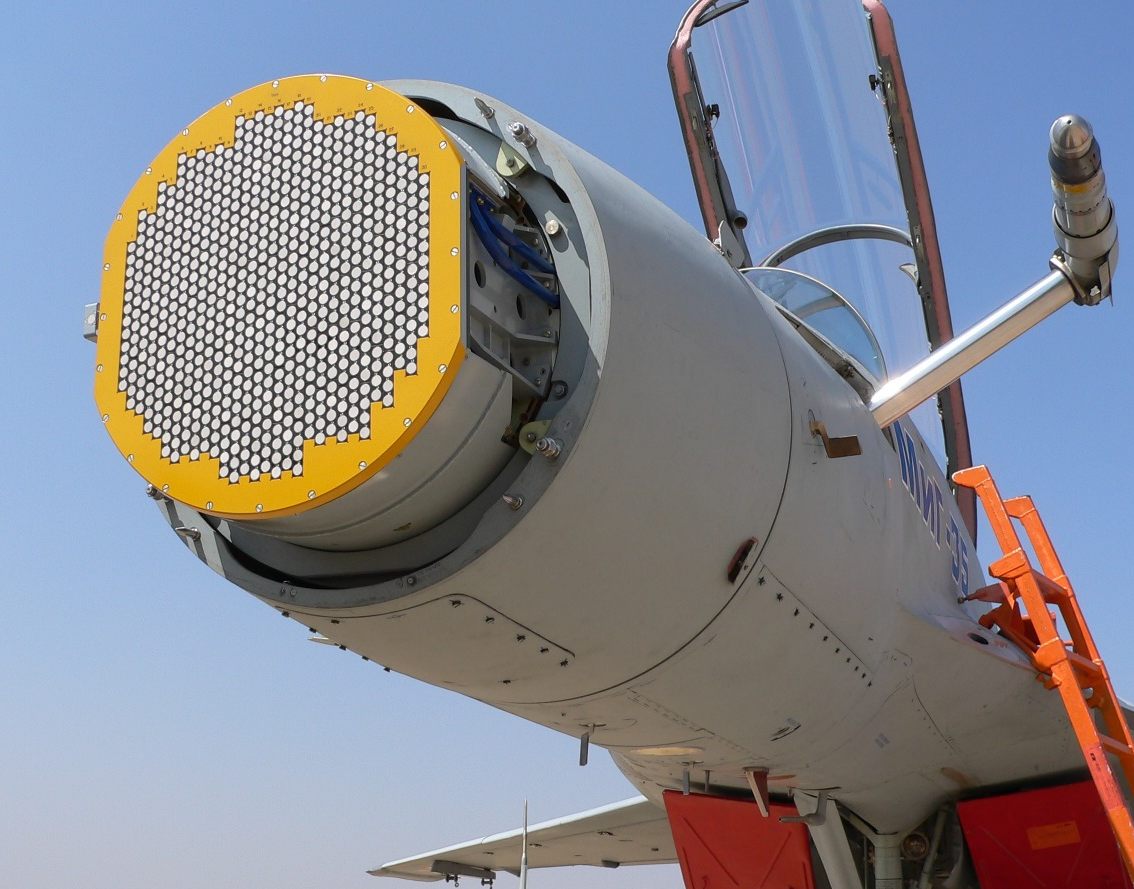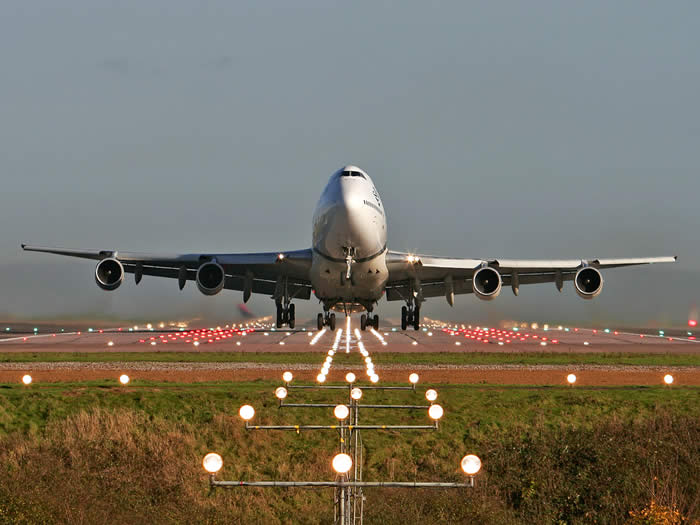The global defense industry is investing significantly in research and development (R&D) to increase the capabilities of modern military aircraft and naval vessels, which has led to the development of new and ground-breaking radar system technologies, which can enhance the detection capabilities, surveillance duration and resolution, incoming projectile defense capabilities, base and area protection capabilities and early warning system capabilities of the various types of military aircraft, naval vessels and ground-based forward forces.
Current innovations are oriented towards integrating various band capabilities of different radars into a single module and developing multi-platform radars, based on modularity, without compromising on advanced technological features. The US is developing dual band radar that merges the X band SPY-3 radar with the S band VSR system, and has also completed work on the new LONGBOW Block III Fire Control Radar incorporating improvements such as reduced size, weight, and maintenance and power requirements.
The Active Electronically Scanned Array (AESA) radar systems are the latest technology trend that is attracting military buyers. The US military’s latest fighter aircraft, such as the F/A-18E/F, F-22, and F-35 have been designed to include AESA radars and more early warning aircraft and naval vessels are expected to incorporate this radar system. Due to the high utility enabled by the new radar system, demand for the same has increased, which has led to an increase in levels of production, allowing economies of scale to be achieved, which in turn has helped in lowering costs and further increasing demand. The United Arab Emirates has ordered an AESA radar variant to be fitted onto its recently purchased F-16E/Fs and India has also asked for AESA radars to be included in its Medium Multi-Role Combat Aircraft (MMRCA) program for which it has selected the Rafale fighter jet and has awarded the contract to Dassault Aviation from France. Russia, Israel, and some European countries are carrying out research and development work on AESA radars in order to compete with US offerings.
The global economic slowdown has reduced the defense budgets of most leading spenders in the world, including the US, France, Germany and the UK. These countries have cut back on spending on various defense sectors such as space, aircraft and vehicles, but at the same time have diverted funds towards sectors where rapid technology development and deployment is possible such as radars, Command, Control, Communications, Computers, Intelligence, Surveillance and Reconnaissance (C4ISR) and cyber-warfare. High growth markets such as the BRIC nations have been formulating continuous programs to procure the latest radar technology and establish total geographical surveillance over the review period and with continuous evolution and technological developments taking place in the military radar domain, this trend is expected to continue throughout the forecast period. Cuts to military expenditure have led to the cancellation and indefinite delays of various air and missile defense systems programs which have worked to slacken the growth of the radar industry.











